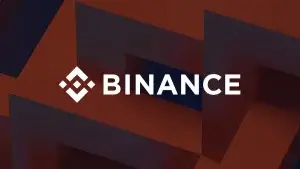Crypto derivatives firms tapping 3rd party trading technology, Acuiti report finds
“Today there are many institutional-quality third-party offerings in the market and more being launched. This is lowering the barrier to entry for firms coming into the market and tilting the calculus in favour of third-party development for both incumbents and new entrants.”

A survey conducted in Q4 2022 of Acuiti’s Crypto Derivatives Expert Network and commissioned by Trading Technologies has found that crypto derivatives market participants are set to increase their use of third-party trading technology.
The results of the survey were published on Acuiti’s whitepaper Changing Approaches to Crypto Trading Technology and argues that historically, proprietary trading firms, hedge funds and asset managers entering the crypto derivatives markets have tended towards in-house builds owing to a relative lack of third-party offerings in the market.
This trend is now reversing, Acuiti found, because firms experienced challenges in building technology in-house, in particular when it came to trading execution, risk management, and market data tools.
As the quality and sophistication of third-party offerings in the crypto derivatives market increases, firms are likely to increasingly look to third parties, the study predicts. This trend is likely to accelerate as crypto-native firms expand into traditional asset classes.
Highlights of the report include:
● Crypto derivatives market participants would welcome increased involvement from traditional sell-side firms with balance sheet and reputation the key benefits they would bring
● A significant majority of firms execute most of their trading on exchange via a central limit order book, but over-the-counter (OTC) volumes are expected to increase
● Over a third of crypto-native firms are set to expand into traditional asset classes
“Lowering the barrier to entry for firms coming into the market”
Will Mitting, founder of Acuiti, commented: “The crypto market grew from nothing to a multi-trillion dollar market in a short space of time. One result of this was that the quality and sophistication of third-party technologies often lagged the inhouse builds of the early pioneers. Today there are many institutional-quality third-party offerings in the market and more being launched. This is lowering the barrier to entry for firms coming into the market and tilting the calculus in favour of third-party development for both incumbents and new entrants.”
Jason Shaffer, EVP Product Development and Head of Americas at Trading Technologies, said: “The survey respondents made it clear that third-party support of their crypto trading expansion plans can both ease their burden and help them achieve their goals at the pace that’s comfortable for them. These findings are aligned with what we’re hearing from customers who are working with us on the expansion of our crypto offering. They view our advanced toolset for professional and institutional trading – combined with expanded market access – as a superior alternative to creating and maintaining inhouse systems.”









